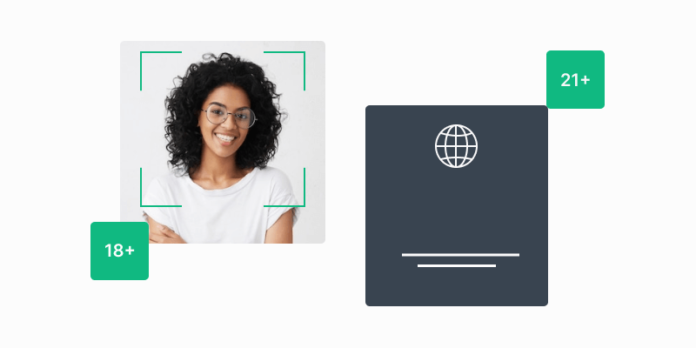There was a time, back in the day, when you had pen pals to befriend people outside of your geographic boundaries..These were interactions in the form of exchanging letters with each other.. The opportunity to make pen pals was quite exciting.
Then came the internet era and the explosion of social media platforms. From interactions with one or two pen pals, it was now possible to interact with hundreds of people worldwide.
These social media platforms continue to evolve and are no longer the means of social interactions only. Now they have become a place where brands can market themselves. Emerging enterprising individuals, including social media influencers are also a new dimension of these platforms. Such people command a massive following from people who admire them.
But there is also a dark, very sinister side to social media.The influence of social media is vast, making it quite dangerous for underage and young people. Some young people have even lost their lives and/or engaged in dangerous activities. . Cases of bullying, peer pressure and more are a real concern.
A shocking 55% of cyberbullying victims fall within the range of 14 to 15 years. 68% of parents say social media has had a negative impact on their children’s ability to socialize. Yet a paltry 50% of parents have any type of parental control over online use by their children.
In order to mitigate these threats and dangers, the industry has stepped in with a solution in the form of age verification. So, let’s understand what it is and how it works.
Age Verification on Social Media: What Is It?
Have you been to a site where they ask for confirmation on whether you are above 18 years old? That is the simplest type of age verification. Age verification also goes by the name age gate. It is a technical protection restricting access to age inappropriate content.
Brands dealing with tobacco, alcohol or adult content etc. will put the age gate. It can either be on a voluntary basis or in compliance with specific laws. COPPA, for instance, restricts collection of personal information from any child under 13.
Some age verification measures only seem like a move to show compliance with the regulations. Putting, “click here to access the site if you are above 18 years”, for instance, is not good enough. There is no way of ensuring the user is of the right age. Indeed, it can incentivize younger kids to be dishonest while online.
More innovative forms of restrictions are necessary. The effective age verification system should provide optimal certainty. This means a customizable mix of methods such as:-
- Data matching
- Document verification
- Biometrics
- Multi-factor authentication, and more.
For brands requiring age verification, the right tools are critical. They should not interfere with the user experience or hinder the onboarding process.
Let’s now look at why it is crucial on social media platforms.
1. Child Protection with Age Verification on Social Media Platforms
It wasn’t until 2019 that Instagram required birthdates for new users. Even then, the measures were, at best, theoretical, as the platform still had no way to confirm the ages.
Instagram has now taken steps to apply more stringent measures in their age rules. Such include uploading IDs for anyone who wants to change their age to over 18. Others are age verification from mutual friends or video selfies.
The company is also incorporating AI to help determine the age of users. They can restrict access or ad content from reaching specific age groups.
A study shows that over 40% of kids under 13 use social media. The platforms covered in the research were Snapchat, Facebook, Instagram and TikTok. One-third of the kids reported some kind of sexual interaction. Such include the sharing of nude photos. This was especially prevalent on Snapchat and Instagram.
Age verification measures will go a long way in protecting children from online predators. Further, these demographics will not have a chance to interact with adult content.
2. Minimizing Identity Theft with Age Verification
The social media world opened up a whole new marketplace for fraudsters. When an underage child opens an account, they share a lot of personal information. Young kids may not pay attention to factors like strong passwords. That makes it easy for fraudsters to get access to such users` accounts. Parents can block the offender, but that is not good enough.
Creating new accounts takes minutes; soon, they are back, up to no good. Age and user verification allow social media platforms to reduce such incidents. It can help keep minors off the platforms till they are of the right age.
3. Regulatory Compliance with Age Verification
Social media platforms no longer have a choice in instituting age verification. In the UK, for instance, the age-appropriate design code came into effect in 2021. It outlines 15 standards that online service providers must adhere to. The regulation applies to any online services children are likely to access. These include social media, search engines, apps, and even eCommerce sites.
The Children’s Online Privacy Protection Act or COPPA, which we touched on above, is another law passed by the US Congress. It requires verifiable parental consent and restricts data use by the platforms.
Another notable law is the General Data Protection Regulation or GDPR passed by the EU. It covers data and customer protection in the digital space. No platform can store, process or share EU customers data without their consent.
GDPR goes further to put the age of consent at 16. Anyone below that must get parental approval first. In case of any issue, the platforms must ask for the proof of the validity of the consent. That, in essence, makes it hard for kids to fake parental permission.
Social media platforms now know that breaching such laws could result in steep fines.







